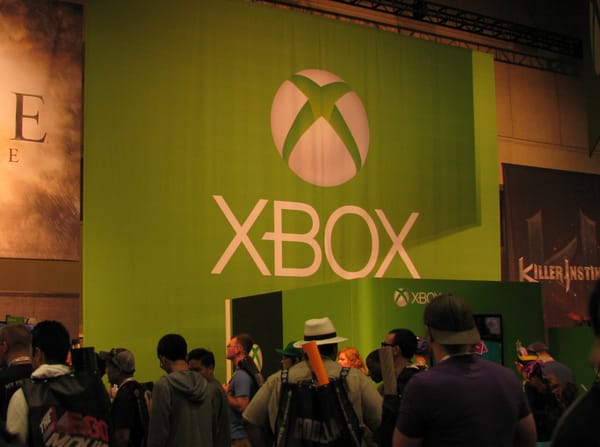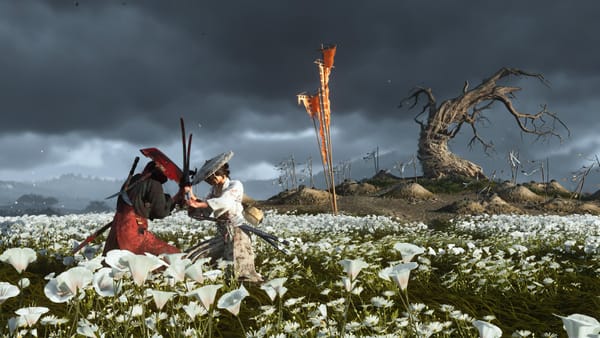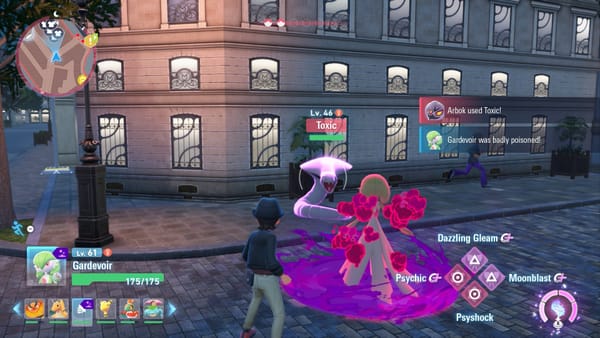There’s no place like Kamurochō
The Yakuza series keeps going back to the same setting, and that's why it's so special.
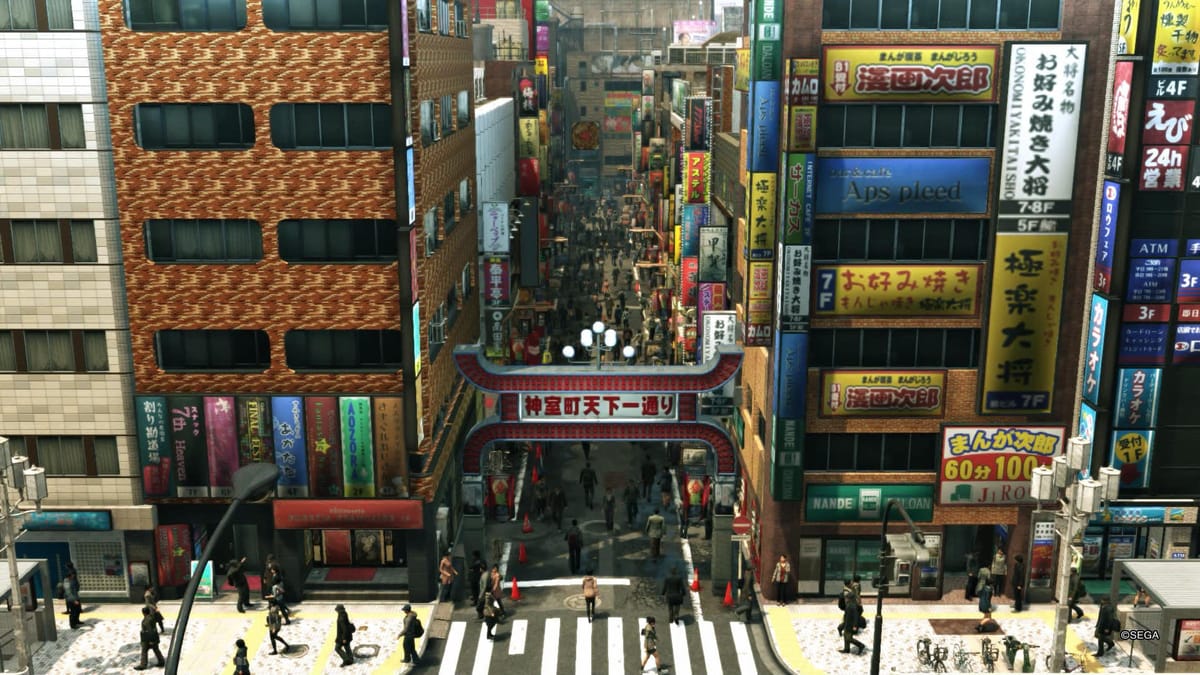
It might be the most overused location in gaming.
Kamurochō, the fictional Tokyo district that plays home to the Yakuza/Like a Dragon series of open world adventures, has been a major setting in at least 14 different games.
Re-using the same world over and over again feels wrong. You would think that it’d be boring to revisit the same places; that without the feeling of discovery, a major part of the fun is lost.
Far from it: Kamurochō is one of the best settings in gaming. And familiarity is at the core of why it’s so special.
Kamurochō is a fictional take on Tokyo’s real red light district, Kabukichō. It spans only a few city blocks, but each part feels distinct. Down south is all flashing lights and host clubs; the northern streets are quieter, home to love hotels. The cramped alleyways of the Champion District (think Shinjuku’s Golden Gai) contrast with the open plaza at Theater Square. There are basic noodle joints and high-end sushi restaurants; hostess cafes and Sega arcades.
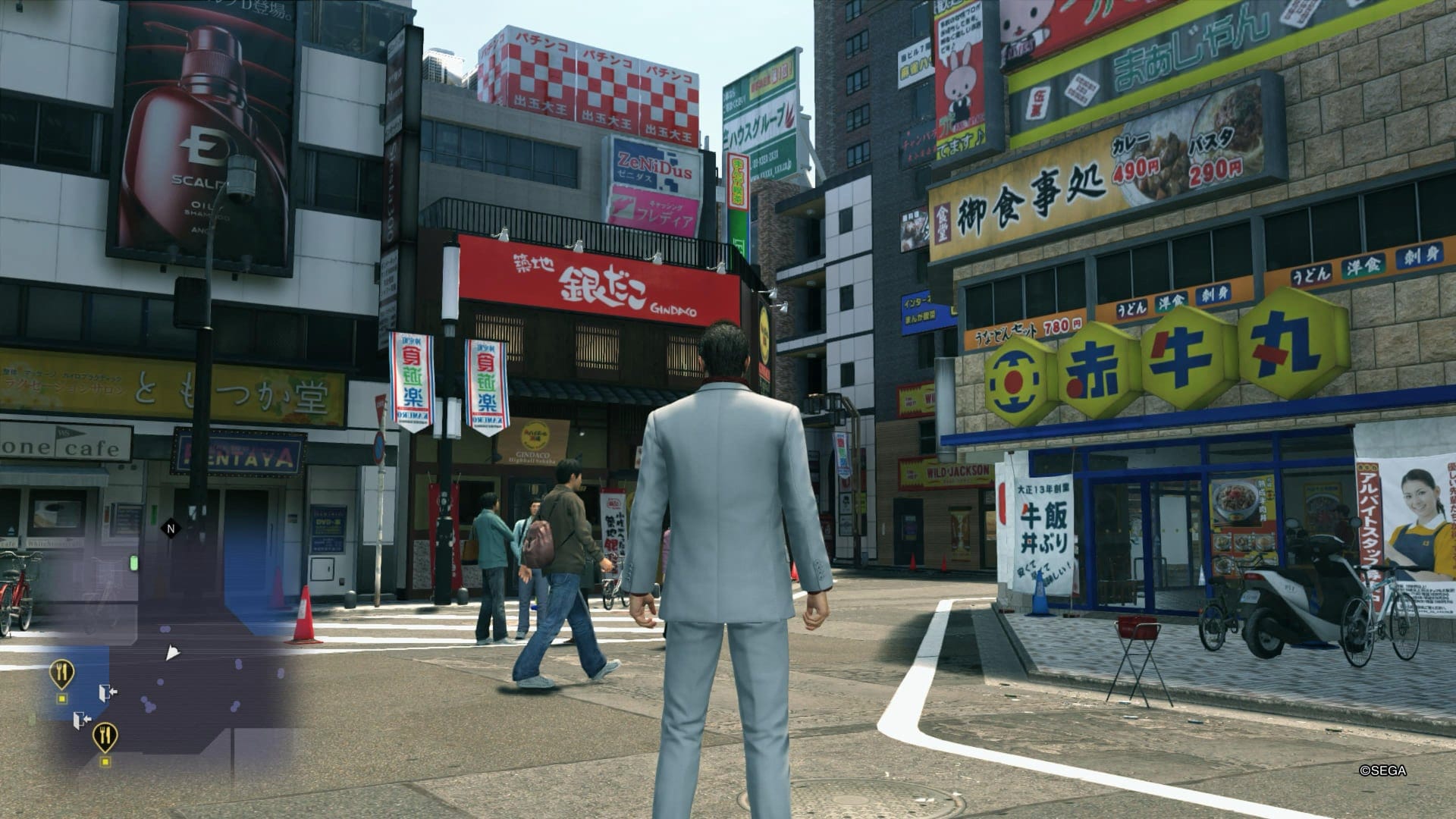
That makes it the perfect setting for an open world crime game. The Yakuza series — also known as Like a Dragon, in line with the Japanese title — has been going for almost 20 years now. Many also take you to other cities, but Kamurochō appears in almost every game. (Funnily enough, the most recent game in the series is not one of them.) The typically overly dramatic main storyline and wonderfully wacky side missions send players across every corner of the map. In between, you’re free to engage in other pursuits, like playing arcade games or karaoke. And the streets are always patrolled by enemies ready for a fight.
The Yakuza series has sometimes, erroneously, been referred to as Japan’s take on Grand Theft Auto. There are many reasons why that isn’t the case, one of them being that there is literally no grand theft auto: there are no cars to steal. Kamurochō is navigated on foot.
There is a density here that feels unique among gaming’s urban settings. Kamurochō’s buildings are not meant to be seen only in brief glimpses while speeding by in a car; they’re filled with details to soak up while strolling past.
Posters and signs are everywhere, with lights reflecting off puddles left after one of Tokyo’s ubiquitous showers. Japanese buildings being smaller than American ones, they’re packed tightly together, with convenience stores next to dingy stairways next to karaoke lounges next to an aging office building next to a hostess club. When your ears aren’t being assaulted by the distinctive racket of pachinko parlors, loud barkers call out for people to visit hostess clubs.
It’s all so aesthetically busy, but not in a bad way. It feels like Japan, but a Japan condensed to a clichéd essence. It just doesn’t feel like anything else in gaming.
And it’s not just for show. Store signs and parked bicycles can be picked up and thrown at the many enemies roaming around. A fight out on the streets can move inside a convenience store, smashing shelves and sending everything flying.
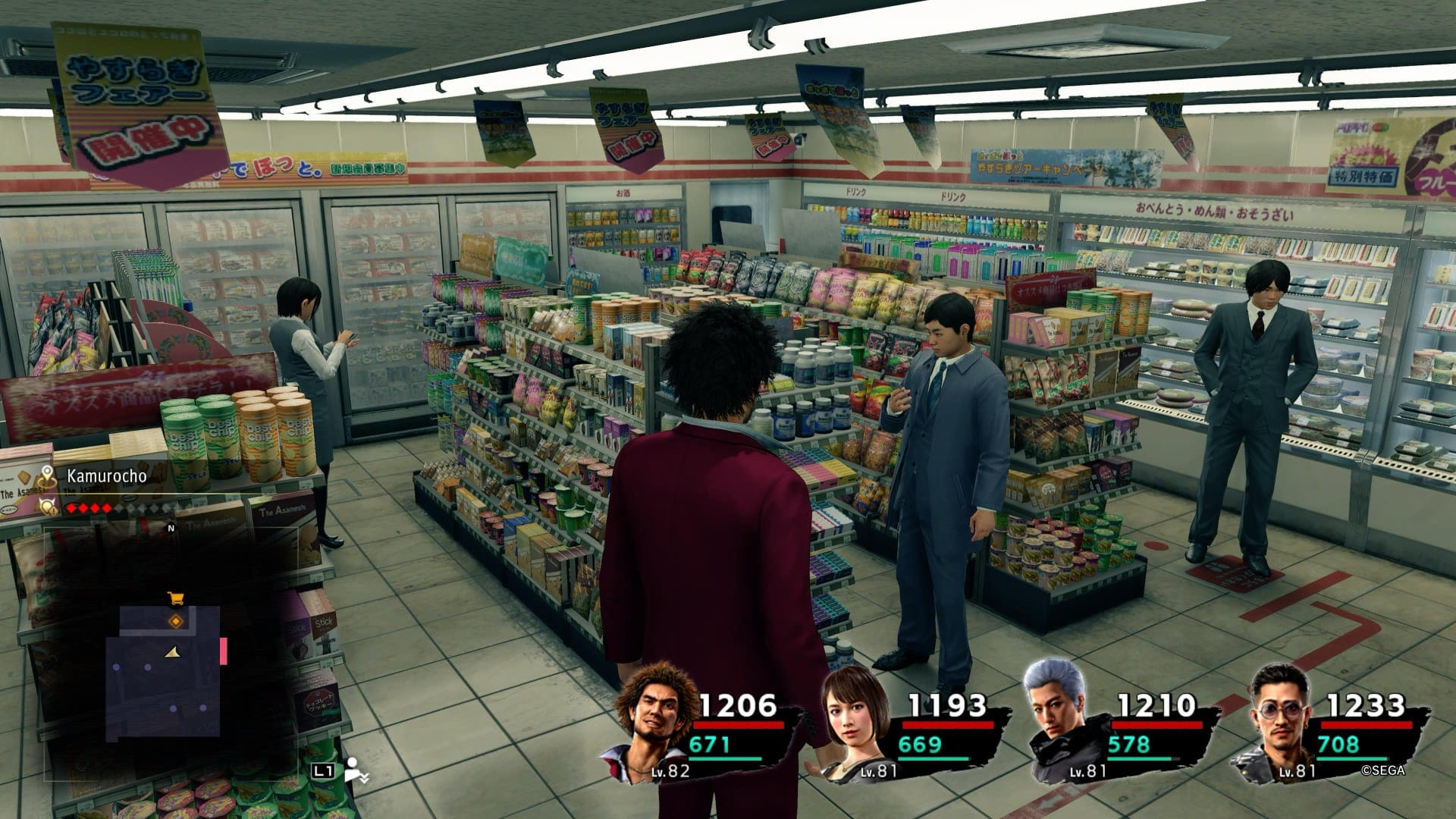
Still, as compelling as the setting is, going back to it time and time again might seem tiring. But, over the course of the series, Kamurochō changes.
Some of the changes are big, yes, like when a large park frequented by homeless people turns into a massive complex called Kamurochō Hills. But many of the changes are smaller. The bulk of the map will stay the same, but the odd thing will change; a takoyaki stand might turn into an ice cream shop, or a fast-food chain opens a new branch. A plain sign becomes a bright LCD. A glassy building replaces an old brick structure.
That, though, is what makes it feel real, because that’s how our world changes. Real city districts aren’t transformed overnight; they usually change bit by bit, as one shop replaces another and the odd old building is torn down. And yes, occasionally there is a big development — anyone familiar with Tokyo’s Roppongi Hills and Toranomon Hills can see the joke in Yakuza’s Kamurochō Hills.
I first experienced the series in a way that really sold me on the malleability of Kamurochō. The first three games I played were Yakuza Kiwami, Yakuza 0 and Judgment. They’re all set in Kamurochō, but in the years 2005, 1988 and 2018 respectively. It’s not as extreme as Back to the Future, but it did feel similar to the way those films show Hill Valley in 1955, 1985 and 2015: there are changes big and small, but the bones of the place feel the same. It’s recognizably Hill Valley no matter what year it is, just as the soul of Kamurochō is always there.
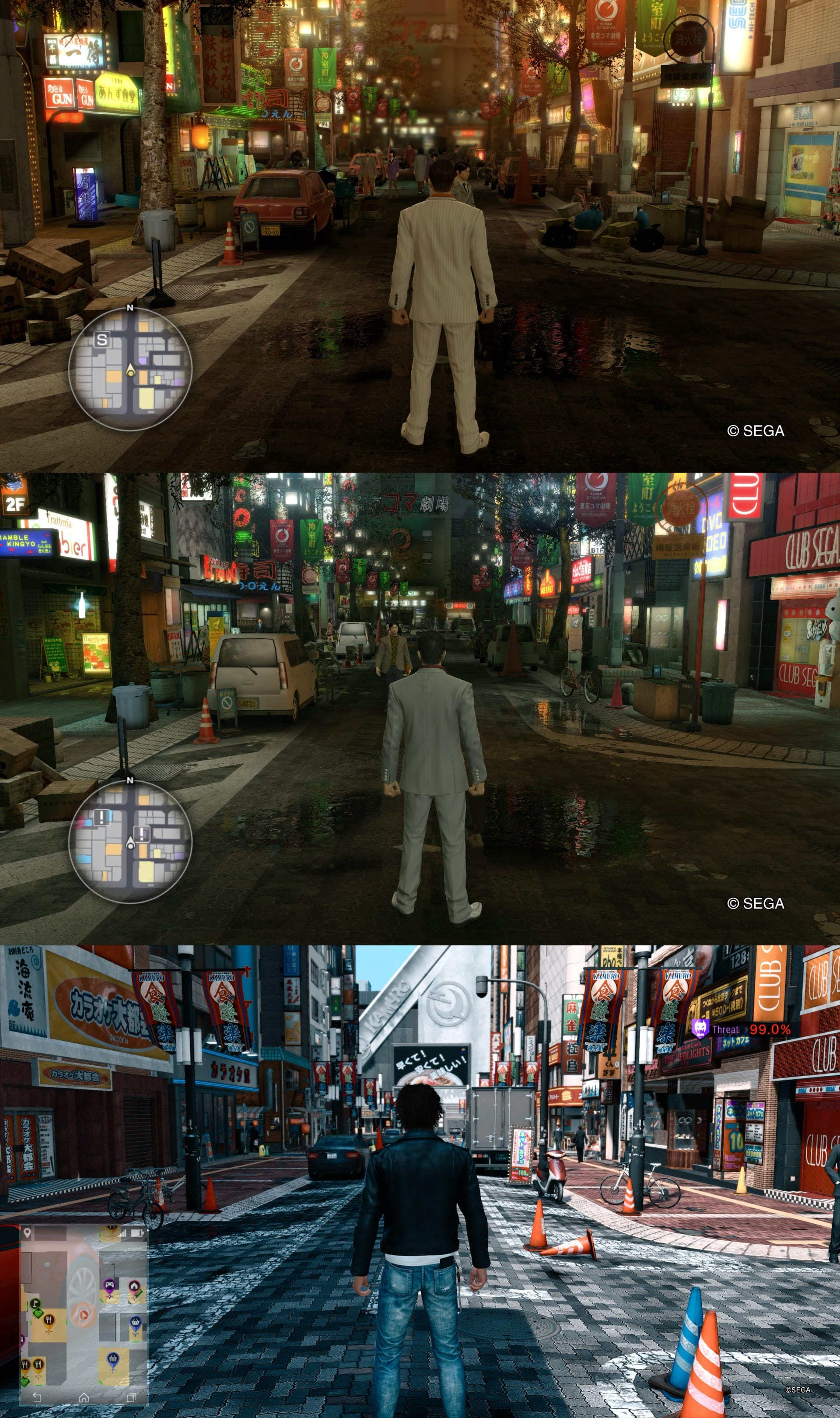
1988’s Kamurochō is bathed in the yellowish glow of incandescent bulbs, while 2018’s version flashes with light from giant video screens. A set of dingy alleyways in 1988 turns into a gleaming new office tower in 2005 that becomes a dated, soulless presence in 2018.
Those differences only matter because those three games are all set in the same place. The change in era wouldn’t have as much of an impact if they were set in different cities. You feel the passage of time — growth in some areas, decline in others — much more acutely when you are so familiar with the setting.
What’s more, as you play through each game, as you travel across Kamurochō on your various missions, you build up your own history and memories. That restaurant used to be your yakuza family’s office in the first game. Isn't that park where I played that really funny side mission a few years ago? Hey, this new gang just took over the club where we fought a rival yakuza boss in the last game!
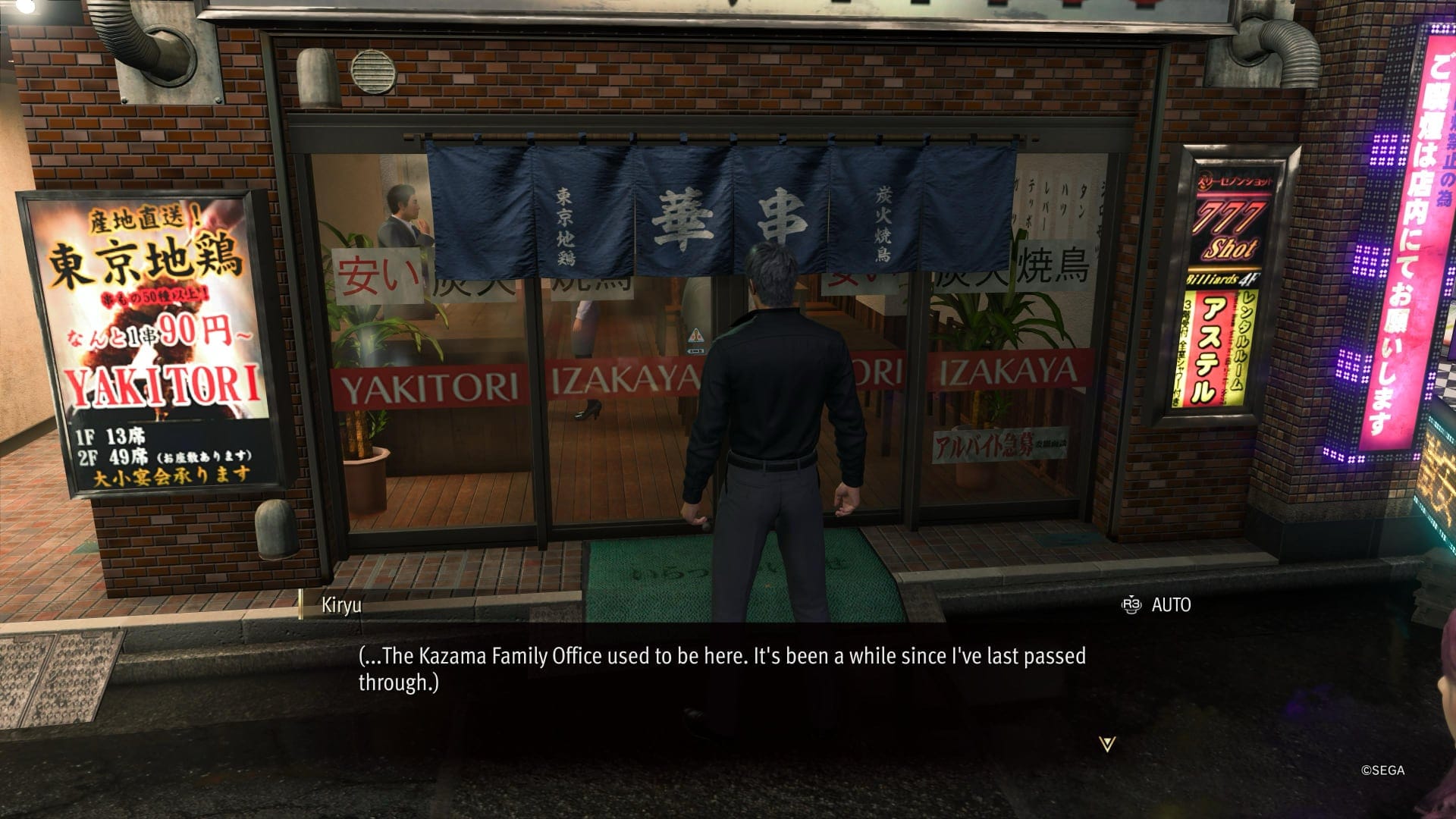
This, too, mirrors our experience with real cities. Memories are everywhere; you remember the long-gone restaurants where you had special meals, or the bars you used to frequent in your younger days. Years of watching stories play out in the same setting gives Kamurochō a weight and a history that other gaming worlds just can’t match.
And so instead of being bored that another Yakuza game is set in Kamurochō, I’m excited. I want to see what’s changed; whether we return to old haunts or whether new areas become the focus. It’s the digital version of that neighborhood that you enjoy hanging out in, the one where the streets and shops and patterns of life become second nature to you.
Kamurochō has appeared so often that it’s become a familiar and comforting presence, one that I can’t wait to revisit.



